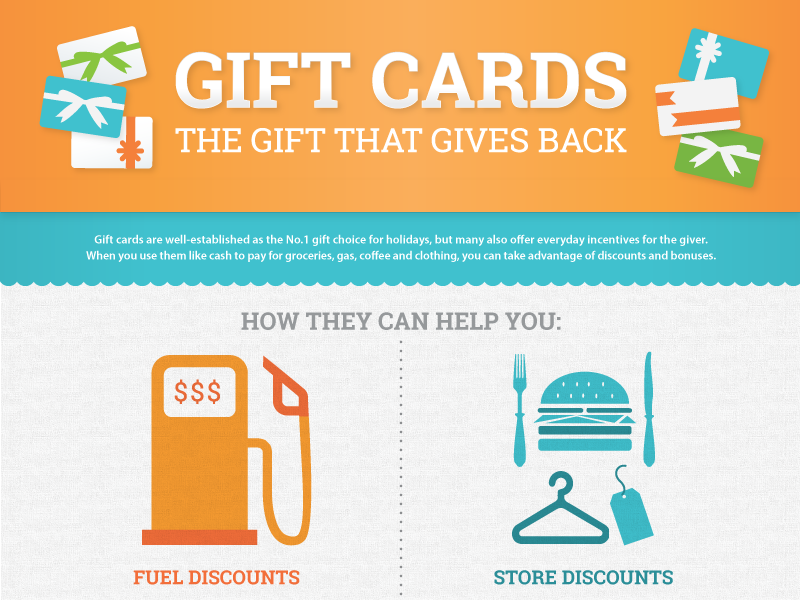Laser etching on glass can add vibrant, customized styles to a variety of products. This adaptability is just one of the key benefits of laser innovation over other engraving techniques.
Before you etch your glass products with the laser, know a couple of usual concerns that can arise. These tips will assist you accomplish the very best outcomes feasible.
Just How Laser Inscription Functions
Laser inscription is a popular method for etching and personalizing items. It is a process that can be carried out on a wide range of materials, including glass, wood and metal. Laser etching makers can create really thorough layouts, with great lines and specific cuts. Utilizing this strategy, you can develop personalized honors and various other items that make certain to excite.
To attain the wanted outcomes, initially, you will certainly require to conceive the style. This will certainly assist you to choose what kind of picture or text you want to engrave on the surface. Then, you will certainly require to transform your idea right into an electronic graphic. This can be finished with graphic design software, such as Adobe Illustrator or Inkscape, and then saved right into a documents format that is compatible with your laser engraver.
Once the engraving documents are prepared, it is time to begin preparing the product for laser noting. This can be done by applying a black mask that is designed specifically for laser use. The dark shade of the mask mirrors laser light, and assists to lessen any type of heat that would or else harm the surface area.
Limiting Cracking
When the laser beam strikes the surface of glass it quickly warms the product up. The unexpected heating causes tiny cracks to the surface. The cracks and fractures develop the look of engraving, etching or frosted glass.
The differing make-ups of various kinds of glass can affect just how the product reacts to the laser. It is essential to carefully test your laser setups on an example piece of glass before beginning a task. Accurate focus is additionally vital for clean, consistent outcomes.
To enhance the quality of your engravings attempt utilizing a dark paper to protect the glass from the laser. The specialized dark paper has a coating that soaks up the laser power and allows the inscribing to occur. The dark paper can be eliminated once the inscription is total. It is also advised to utilize a lower resolution and reduce the quantity of black in the graphics as this will help in reducing micro-fracturing. A Jarvis dithering pattern can additionally be put on the visuals in the laser motorist settings to randomize and divide the dots of the style and further lower the quantity of micro-fracturing.
Preparing the Surface
Laser noting on glass and plastic provides a wide variety of functional usages, from product traceability (like day codes or great deal numbers) to 3D marking within the product itself. It's also made use of for design and design in industries such as the automobile, food, and telecommunication fields.
Obtaining good arise from laser engraving on glass depends partly on the preparation of the surface area. Keeping the product clean of dirt and grease helps the laser permeate deeper and far better. Masking the surface area with a paper towel or newspaper a little larger than the inscribing area can also minimize the effects of warmth on large locations, helping to decrease cracking and boost general engraving high quality.
Design and laser control software application can also influence how well the procedure works. Programs like Adobe Illustrator or Corel Attract help you produce and change your styles while programs like LightBurn or LaserGRBL regulate the laser's settings.
Getting going
Laser etching on glass is rapid and efficient, developing a premium look that boosts products and enhances brand identity. While some might be wary of collaborating with this delicate product, a little time and patience will aid guarantee custom glass message ideas attractive results.
Making use of an industrial laser, you can include decorative patterns, messages, or individualized designs to products like glass, bottles, pitchers, and extra. The process is non-contact, lowering the risk of breakage also on curved or vulnerable surface areas.
To take full advantage of laser efficiency, you'll wish to invest some time try out the setups for your specific maker and glass kind. Refining these settings will decrease energy use, boost overall etching top quality, and reduce the possibility of mistakes or damage. For example, you can boost the resolution and lower the black level of your graphics to utilize much less laser power. Similarly, utilizing a Jarvis dithering pattern will certainly divide and randomize the dots in your graphics to further decrease laser warmth use.
